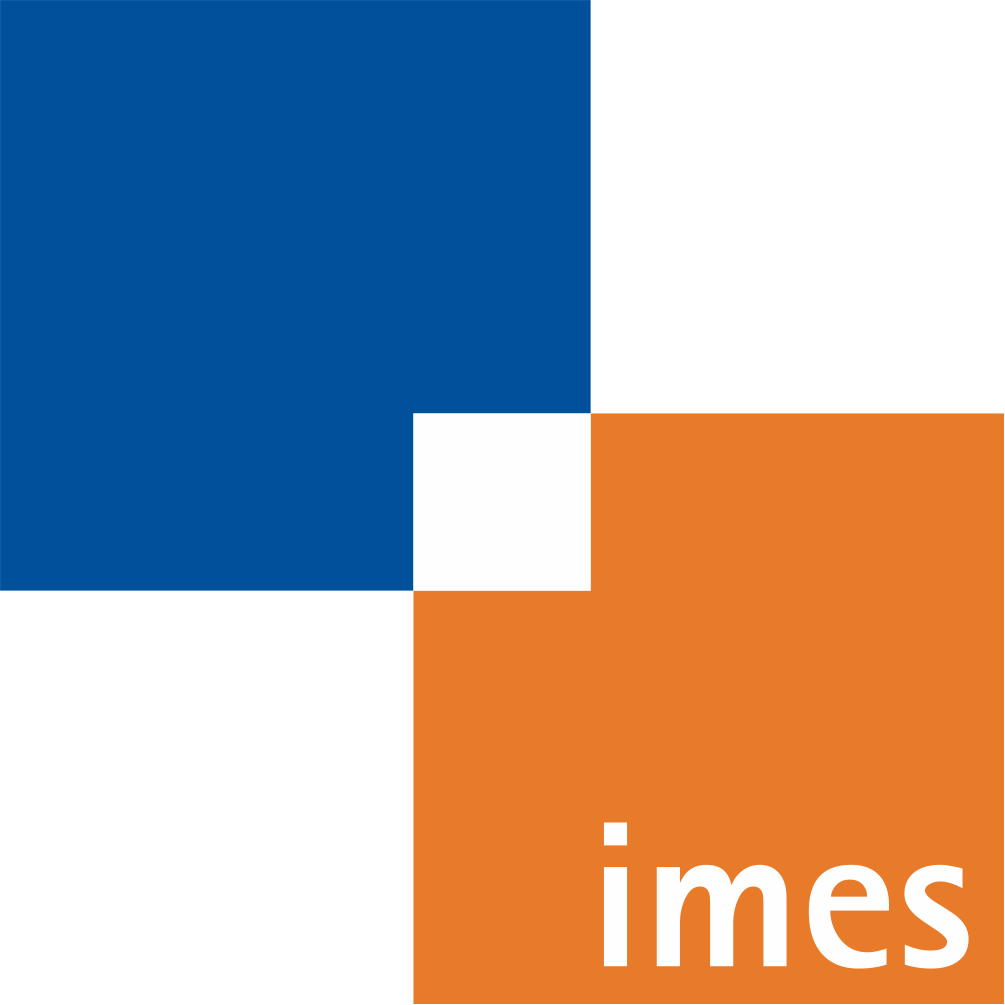Ongoing Research Projects
OPhonLas: OCT-controlled laser ablation for vocal fold phonation

| Team: | Sontje Ihler, M. Sc., Max-Heinrich Laves, M. Sc. |
| Year: | 2017 |
| Date: | 01-06-17 |
| Funding: | EFRE (Europäischer Fonds für regionale Entwicklung) |
| Duration: | 3 Jahre |
| Is Finished: | yes |
Introduction
This EFRE-funded project aims to develop a rigid, anatomically shaped laryngoscope equipped with a controllable ablation laser. In addition to the application on resting vocal folds, a laser cut is also to be carried out during a phonation - i.e. on oscillating vocal folds. This enables the treatment of certain pathologies and makes the functional success of the therapy directly visible. The high demands on the real-time control of the laser require the fusion of stereo image data and optical coherence tomographies.
Description of the Project
Laryngeal surgery is prevented from crossing the threshold of the age of light-assisted surgery by the relatively difficult accessibility of the target tissue (vocal folds), the impossibility of fixing the target tissue for precise removal of diseased tissue and the lack of intraoperative functional control.
This project therefore pursues the innovative approach of coupling the optical components for a video image and a surgical laser with motor beam deflection and enabling their access via an anatomically curved, indirect laryngoscope. In addition to a video image, optical coherence tomography (OCT) has proven to be diagnostically promising for depth-resolved imaging of the vocal fold layer tissue. This is also to be coupled into the common optical beam path.
In addition to the application on resting vocal folds (respiration position), the project also considers an application during a phonation (swinging vocal folds) in order to enable the visibility of certain pathologies and to directly observe the functional success of the therapy. This places high demands on the real-time control of the ablation laser with regard to beam deflection, pulse triggering and synchronization. In this context, we investigate how the individual modalities are registered to each other and which algorithms based on the aforementioned sensor data and predictive approaches allow a robust control of ablation.
Finished Research Projects
OPhonLas: OCT-controlled laser ablation for vocal fold phonation

| Team: | Sontje Ihler, M. Sc., Max-Heinrich Laves, M. Sc. |
| Year: | 2017 |
| Date: | 01-06-17 |
| Funding: | EFRE (Europäischer Fonds für regionale Entwicklung) |
| Duration: | 3 Jahre |
| Is Finished: | yes |
Introduction
This EFRE-funded project aims to develop a rigid, anatomically shaped laryngoscope equipped with a controllable ablation laser. In addition to the application on resting vocal folds, a laser cut is also to be carried out during a phonation - i.e. on oscillating vocal folds. This enables the treatment of certain pathologies and makes the functional success of the therapy directly visible. The high demands on the real-time control of the laser require the fusion of stereo image data and optical coherence tomographies.
Description of the Project
Laryngeal surgery is prevented from crossing the threshold of the age of light-assisted surgery by the relatively difficult accessibility of the target tissue (vocal folds), the impossibility of fixing the target tissue for precise removal of diseased tissue and the lack of intraoperative functional control.
This project therefore pursues the innovative approach of coupling the optical components for a video image and a surgical laser with motor beam deflection and enabling their access via an anatomically curved, indirect laryngoscope. In addition to a video image, optical coherence tomography (OCT) has proven to be diagnostically promising for depth-resolved imaging of the vocal fold layer tissue. This is also to be coupled into the common optical beam path.
In addition to the application on resting vocal folds (respiration position), the project also considers an application during a phonation (swinging vocal folds) in order to enable the visibility of certain pathologies and to directly observe the functional success of the therapy. This places high demands on the real-time control of the ablation laser with regard to beam deflection, pulse triggering and synchronization. In this context, we investigate how the individual modalities are registered to each other and which algorithms based on the aforementioned sensor data and predictive approaches allow a robust control of ablation.
